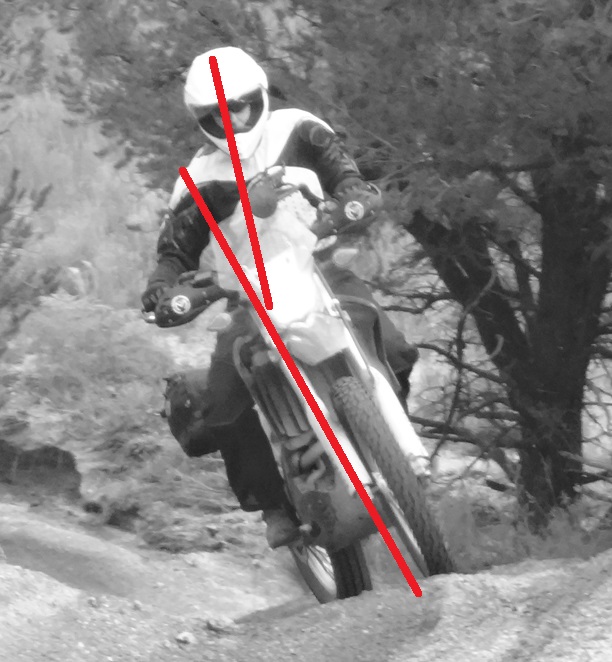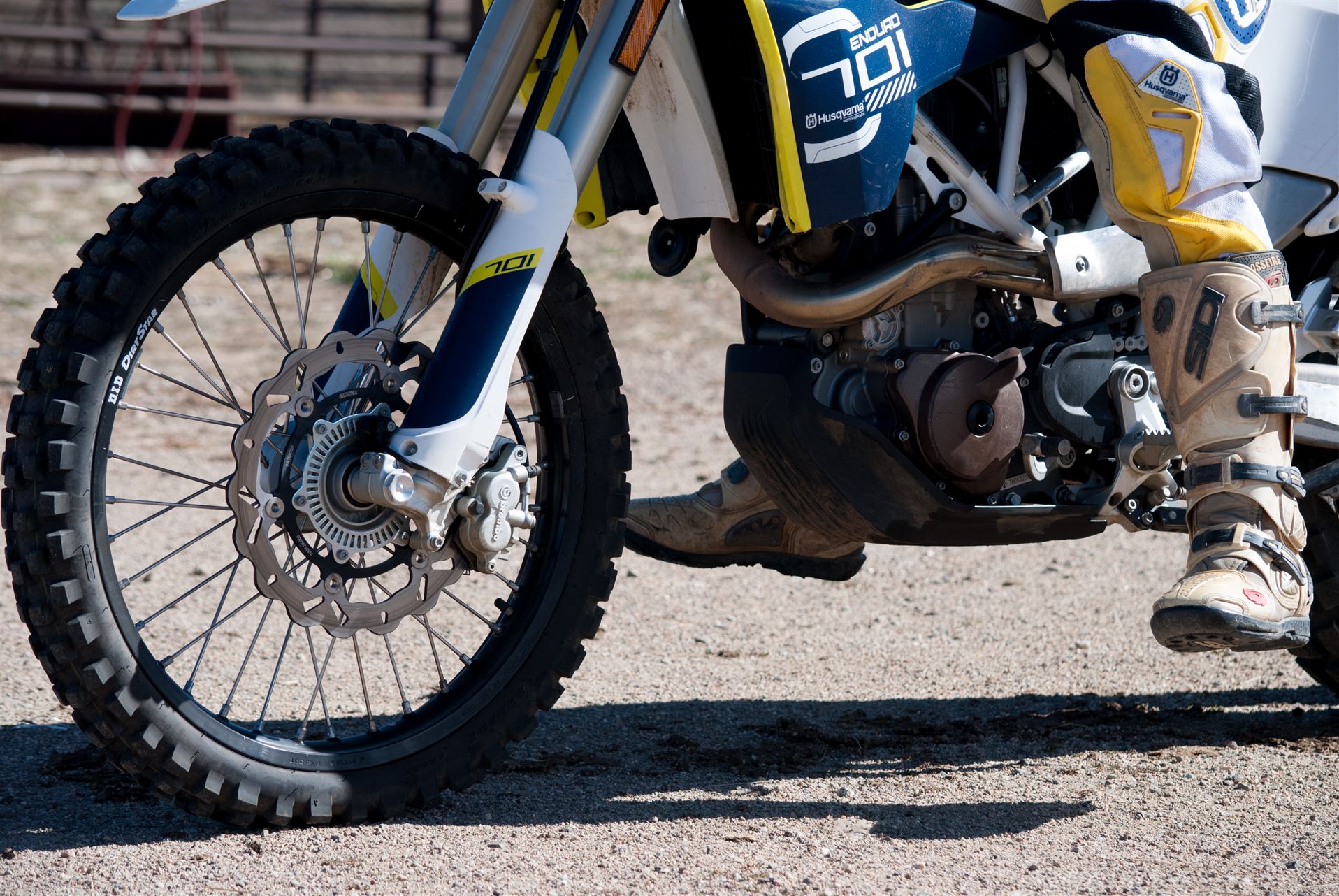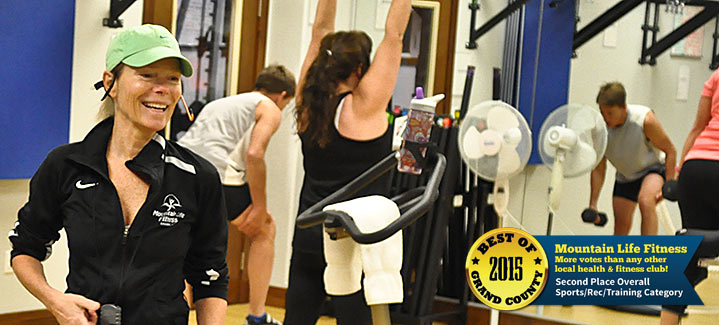On a motorcycle, one of the most challenging skills to master is “slow turns.” Beginner riders either put their feet down and “walk” through the turn, only make part of the turn and then have to back up the motorcycle and take a second shot, or sometimes fall over. Slow turns require several essential skills. First, you have to be able to go slow! Second, you have to be able to turn! All with your feet off the ground!
Today I’ll talk about slow turns.
Before you can master slow turns, you have to master GOING SLOW! Please make sure you’ve practiced and mastered the art of going slow, (see my previous blog on going slow) before adding in turns!
Many factors affect how easy or hard it is to do slow turns. The lighter your motorcycle is, the easier it tends to be to do slow turns. The lower your motorcycles center of gravity, the easier it tends to be to do slow turns. You can do slow turns on a tall or heavy motorcycle, you just might consider learning on something a bit easier. Just sayin’…
The challenge in slow turns is that the motorcycle tends to want to lean into the turn and can be difficult to hold up. That’s why lots of people fall over. When the bike leans in, people then tend to put their foot down on the inside. This actually makes the problem worse, because now you have all the motorcycle’s weight AND the rider’s weight leaning inside.
The solution is to counterbalance the motorcycle. Let’s be clear, that any “point of contact” with the motorcycle is a means of controlling the motorcycle. Points of contact can be hands, feet, butt, knees, calves, etc.
In order to counterbalance the motorcycle’s tendency to lean inside and fall over on a slow turn we have to shift our weight to the outside! If I’m riding in a seated position, that weight shift happens in our butt and feet. For example, let’s say I’m stopped and want to make a U-turn to the left. With both my feet still on the ground, I shift my butt to the right so that my left cheek is over on the right side of the seat. If I cannot touch the ground with both feet, then I have my right foot down as I shift my butt in that direction. Then I turn the handlebars to the left, turn my shoulders and upper body to the left, and look to the left as I feather the clutch and ride slowly through that left turn. As soon as I am able, I put my right foot on the pressuring it along with my body weight to counterbalance the motorcycles inside lean.
If I’m turning to the right, left foot is down, butt shifted to the left, handlebars turned right, shoulder and upper body turned right as I look right and feather the clutch out. As soon as I’m able, my left foot comes up pressuring the peg to counterbalance.
Once you have mastered slow turns from a stopped and seated position, Dual Sport and Dirt Riders will want to practice slow riding slow turns from a standing position. Points of contact AKA control points are now your hands, feet, and knees. The advantage of this maneuver standing is a rider can use all of her body weight to counter balance. Before attempting this, you MUST have mastered slow riding in a straight line. Initially you will practice wider turns with a bit more momentum. As you master this skill, you will practice tighter and slower maneuvers.
Begin by standing up and riding relatively slowly in a straight line. Initiate your left turn by looking to the left, counter balance the motorcycle by pushing your hips to the right, unweighting your left (inside) foot peg while weighting your right (outside) foot peg. Try to envision a line perpendicular to the ground from your body down through the right foot peg. Practice by gently riding a wide circle in that direction. As you become more confident, tighten up the circle and slow down. You’ll find that slow speeds, require more counterbalancing AKA outside pressure because centrifugal force is decreased. The rider must compensate by counter balancing.
Practice slow turns to the right, but doing the opposite. Initiate the turn by looking the right, pushing the hips left, unweighting the right (inside) foot, and pressuring the left (outside) foot. Start with some momentum and wide circles. As you master the skill, tighten the circle and slow down.
If you have specific questions or skills you’d like me to cover, please reach out to me at www.advwoman.com. Ride safe and Have Fun!
Pat Jacques






